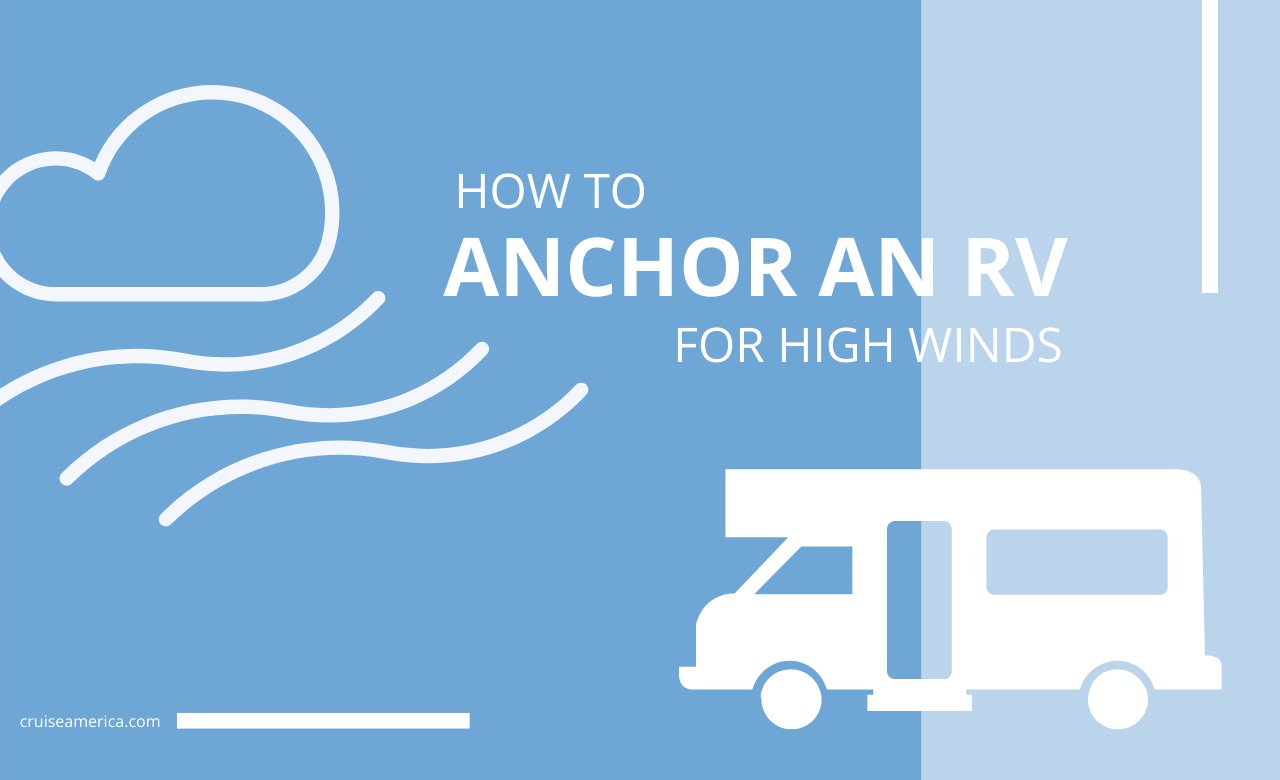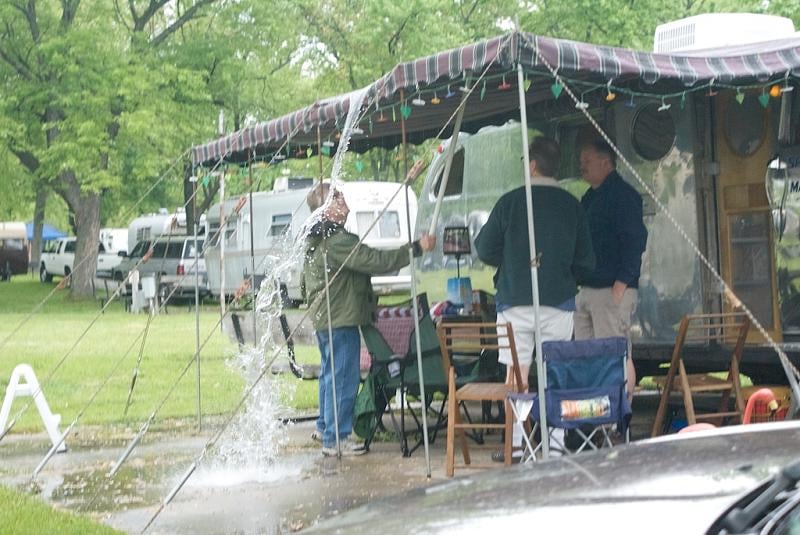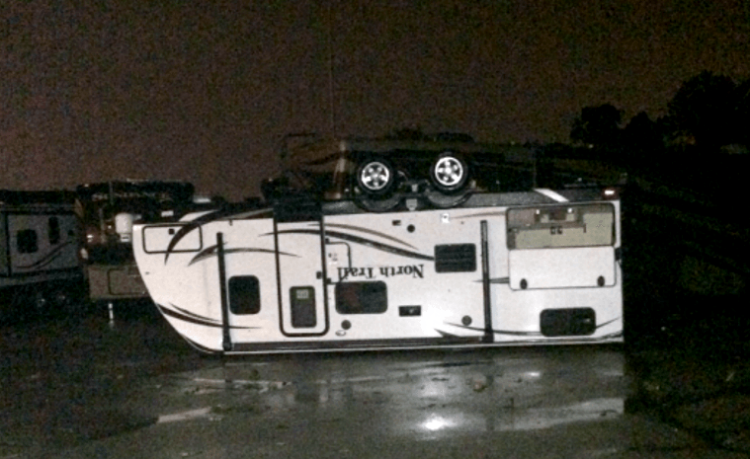Rv Awning Max Wind Speed

Your retractable awning was purchased for protection from the heat and uv rays.
Rv awning max wind speed. The wind force on your rv is. Your rv can be effected by as little as a 10 mile an hour breeze. Wind force lenght x height x f. More commonly used now are the motion sensors as they detect movement in the awning rather than the wind speed which can be irrelevant.
D on irv2 forums for example. Winds near 30 mph and higher may not be safe for some rv s to travel at highway speeds and this is especially true if the conditions include imbedded gusts. After making the rv awning the manufacturer tests it against a wind of 20 25miles hour. By the time it senses and reacts to the first gust the second gust has already torn it off.
As such they are not built for extreme wind conditions. Since awnings are vulnerable to wind you require an electric awning that has a wind sensor. For example a 30 ft rv 8 ft high the sheeting only will have a 7154 lb force pushing on it in a 110 mph wind gust not average. We were in fresno at a friend s house in 2014 had the awning out and realized it was raining hard.
When we bought the motorhome the salesman point blank said don t trust the automatic awning. When extended rv awnings can collect puddles and become heavy with rainwater. In fact most self supported retractable awnings have been tested to meet the wind speed of only 30 40 kilometres an hour. The highest wind speed our automatic awning will take before it closes itself is 12 mph.
We have learned in 5 years of full time traveling and always using the awning tied down that 25 mph sustained seems to be our stow the awning point. There are retractable products like retractable roof pergolas that have been rated higher and will withstand wind speeds of 55 63 mph beaufort 10 when open and 150 mph when closed. Take this horror story from mr. Motorized retractable awnings often use a wind sensor or motion sensor that automatically retracts the awning to prevent damage to the arms if the wind speed gets too high.
I would think this would be a good giude line for any awning. Traveling at 65 mph with a quartering headwind of 25 mph gusting to 40 mph would produce a vectored effect of around 80 to 90 mph of wind energy acting upon these 5 square feet of awning. Having an awning out in a variable wind it can be quite risky. 20 at 90 mph 29 8 at 110 mph 41 8 at 130 mph.
Oftentimes that testing was completed without ongoing or irregular wind conditions. At wind speeds of 15 to 20 mph the effect increases dramatically.
















































